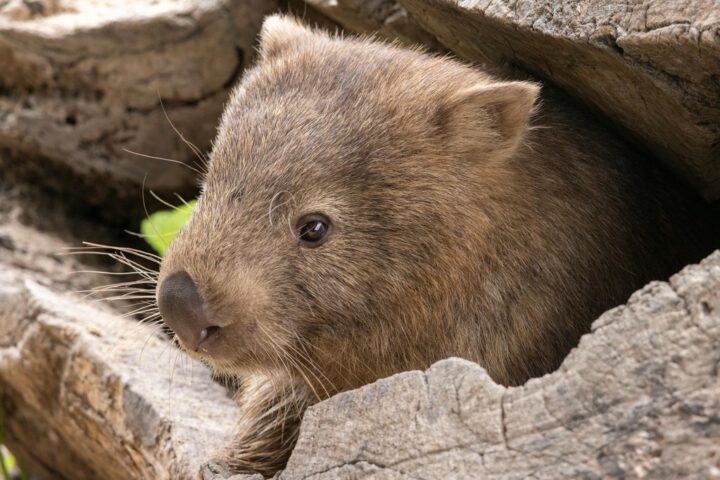We have the most amazing and weird insects in the world, which we have never heard of. One of the most weird arachnid is witnessed, which is generally found in southeast Asia.
It is known as BULL’S HORNED SPIDER. These are also known as Macrantha. It is one of the unique species in spider family with long bull’s horn. The reason for these horns are for protection from predatory birds that swallow them. But these are poisonous to humans. Chris, a pet breeder documents all his pets and shares revealing information about them too.
Bull spiders, also known as ‘Titan Arachnids’, stand out as one of the most remarkable species within the spider family. Despite their intimidating name, these creatures offer a wealth of intrigue far beyond what meets the eye.
These spiders come from dense forests in South America and live in both rainforests and deserts. Their impressive adaptability can be attributed to their unique physiological features and behaviors.
Physical Characteristics:
Unlike their more common counterparts, bull spiders are known for their robust and rugged appearance. Sporting a thick carapace, their body often exhibits dark, earthy tones with subtle patterns, allowing them to camouflage effectively. Fully grown, they can span an alarming 6 inches in diameter.
Feeding and Hunting Techniques:
Bull spiders are ambush predators, using their environment to their advantage. Instead of weaving elaborate webs, they create burrows or hide under leaves, waiting patiently for prey to approach. They mainly eat insects, small mammals, and sometimes birds.
Reproduction and Lifespan:
Females lay hundreds of eggs in silken sacs, guarding them fiercely. Once hatched, the spiderlings disperse and fend for themselves. In the wild, these spiders have an average lifespan of 15-20 years, a testament to their resilience.
Pragmatic Issues: The rapid deforestation of their native habitats has raised concerns. While these spiders are adaptable, the loss of their natural environment could lead to decreased numbers, affecting the ecological balance.
Benefits to Ecosystem:
Bull spiders play a vital role in their ecosystem. By keeping insect populations in check, they prevent overgrazing of vegetation and contribute to the health of their habitat. Additionally, they serve as food for larger predators, establishing a balanced food chain.
Potential Threat to Humans: Although their appearance can be intimidating, bull spiders are not inherently aggressive towards humans. However, like many spider species, they will bite when threatened, delivering venom that, while not fatal, can cause significant discomfort.
Conservation and Coexistence:
As with many species facing habitat loss, conservationists advocate for preserving bull spider habitats. Raising awareness of their ecological importance can ensure their survival. Moreover, encouraging coexistence can help dispel the common myths and fears surrounding these incredible arachnids.
Bottom Line:
Bull spiders, despite their foreboding name, offer a mesmerizing look into the world of arachnids. Understanding and valuing their role in the ecosystem is essential As with all creatures, a harmonious coexistence will benefit both the spiders and the environment they inhabit.

















